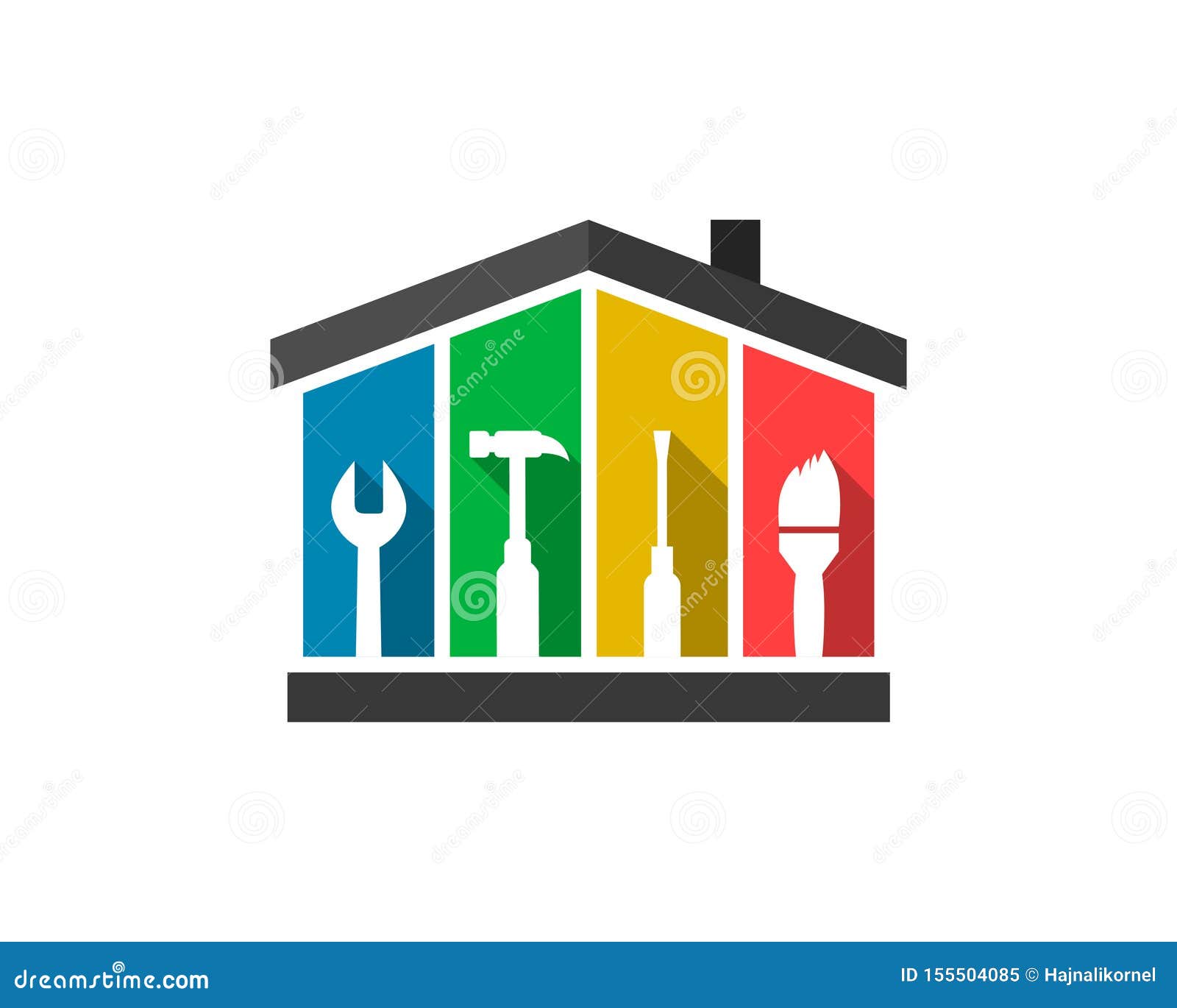Recognizing the Necessary Concepts of Facility Management for Modern Services
Recognizing the Necessary Concepts of Facility Management for Modern Services
Blog Article
Make The Most Of Efficiency and Safety: Ideal Practices in Facility Monitoring
In today's quickly evolving landscape, making best use of effectiveness and safety in facility management has come to be a vital emphasis for organizations aiming to boost functional performance. By incorporating clever technology, focusing on upkeep protocols, and promoting a society of security, facility managers can substantially improve both efficiency and conformity.
Embrace Smart Modern Technology

Implementing wise sensors and automation systems enables exact monitoring of environmental conditions, tenancy degrees, and tools performance. This data-driven approach not only informs decision-making but also supports predictive upkeep, decreasing downtime and expanding property life. Clever modern technology improves individual experience by developing adaptive settings that react to the demands of residents.
Incorporating clever systems likewise advertises sustainability campaigns, such as energy-efficient lights and HVAC systems, adding to minimized carbon footprints. By embracing these innovations, center supervisors can make sure that their operations remain affordable, resistant, and lined up with contemporary sustainability objectives. Inevitably, the change in the direction of clever innovation represents a transformative action in redefining center administration for a more effective and sustainable future.
Prioritize Regular Maintenance
Regular upkeep is vital for making sure the durability and performance of facility procedures. A well-structured maintenance program not only extends the life of equipment and infrastructure yet likewise reduces the probability of unforeseen failures that can interfere with operations. By focusing on routine maintenance, facility supervisors can determine possible issues early, enabling timely interventions that minimize expensive repairs and downtime.
Developing a routine upkeep schedule is necessary. This ought to consist of regular inspections, maintenance, and necessary repair services for all equipment, a/c systems, plumbing, and electrical systems. Using a computerized maintenance administration system (CMMS) can streamline this process, giving tracking and informs for upcoming upkeep jobs.
Furthermore, cultivating a culture of responsibility amongst team boosts the performance of upkeep efforts. Training workers to acknowledge and report upkeep issues can bring about aggressive monitoring instead than responsive responses. Furthermore, recording upkeep tasks guarantees compliance with safety regulations and supplies important understandings for future planning.
Implement Safety Training Programs
A detailed safety and security training program is important for promoting a secure working atmosphere in any kind of center. Facility Management. Such programs outfit employees with the expertise and abilities essential to recognize risks, execute safety procedures, and react successfully in emergencies. By prioritizing safety click here and security training, companies can considerably decrease the danger of injuries and mishaps, thus enhancing general efficiency
To implement an effective safety training program, it is important to tailor the content to the certain demands of the center and its procedures. This consists of performing a thorough threat analysis to recognize prospective risks distinct to the workplace. Training should encompass a selection of subjects such as appropriate equipment use, emergency situation emptying procedures, and emergency treatment methods.
Furthermore, it is important to engage staff members proactively during training sessions. Making use of hands-on demos and real-life situations can improve understanding and retention of safety and Facility Management security techniques. Routine refresher training courses must also be set up to keep safety recognition at the center.
Optimize Area Utilization
Reliable area application is a vital component of center management that straight impacts operational performance and cost-effectiveness. Organizations typically deal with underutilized or jammed spaces, bring about inefficiencies and raised expenses. To maximize area application, center supervisors ought to perform regular analyses to determine just how spaces are presently being used and where enhancements can be made.
Implementing versatile work space designs, such as open workplace formats or modular furniture, can substantially boost adaptability to changing needs. In addition, leveraging technology, such as area management software program, can provide important understandings right into occupancy patterns and assist recognize underused locations.

Establish Clear Interaction Networks
Maximizing room utilization frequently exposes the requirement for durable interaction strategies within a facility. Clear communication channels are essential for assisting in efficient partnership amongst personnel, maintenance teams, and administration. By developing these channels, facility supervisors can make certain that details moves seamlessly regarding room use, functional modifications, and safety protocols.
Implementing a multi-faceted communication approach-- incorporating electronic systems, such as emails and team collaboration devices, with in person communications-- can substantially improve interaction and information dissemination. Normal conferences ought to be scheduled to discuss recurring tasks, address concerns, and share updates. Additionally, developing a central info hub, such as an intranet, permits workers to gain access to important records and statements quickly.
Moreover, comments mechanisms are important to determine the efficiency of communication approaches. Motivating staff to share their understandings can bring about improvements and cultivate a culture of openness. Educating programs focused on interaction skills can even more encourage employees to share information plainly and efficiently.
Ultimately, developing clear communication networks not only takes full advantage of efficiency however also improves safety by making sure that everyone is notified and aligned with the facility's functional goals.
Verdict
To conclude, the assimilation of wise technology, routine upkeep, extensive safety and security training, maximized room usage, and efficient communication networks collectively improves performance and safety in center administration. By leveraging IoT and AI for real-time surveillance, companies can decrease functional costs while making sure conformity with safety guidelines. A proactive method to upkeep and training fosters a much safer website office environment, eventually bring about improved efficiency and business success. These ideal practices work as crucial components for efficient center monitoring.
In today's swiftly evolving landscape, making best use of efficiency and safety in facility management has become a crucial focus for organizations striving to enhance operational performance. By incorporating smart innovation, prioritizing maintenance protocols, and fostering a culture of safety, center supervisors can dramatically boost both performance and conformity.To implement a reliable security training program, it is vital to customize the material to the particular needs of the facility and its procedures. By developing these channels, facility supervisors can make sure that information flows seamlessly relating to area usage, functional adjustments, and security protocols.
In conclusion, the assimilation of wise technology, regular upkeep, thorough security training, enhanced space utilization, and reliable communication channels jointly enhances performance and security in facility administration. - Facility Management
Report this page